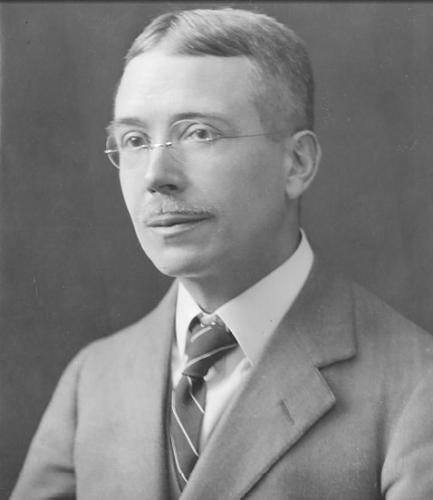
Image Credit:
Via the Website of Joseph Harris's Writing 20
If there is one piece of advice that all usage guide writers seem to agree on, it is that good writing is clear and concise. A good writer makes the reader’s life easy. Rules from “Use the active voice” to “Avoid preposition stranding” are put in place because they supposedly achieve simplicity and ease comprehension. In "The Elements of Style, for instance, William Strunk describes the active voice as “more direct” than the passive and writes that it “produces brevity”. This intuitively makes sense--the reversal of agent and patient seems confusing--but is a passive construction really harder to process for the reader? Studies in language cognition have investigated this and similar issues in some detail.
Frazier et al.’s (1984) reading study, for instance, finds that readers are able to process passivized sentences faster than active sentences. Ferreira (2003) suggest that this somewhat puzzling finding only applies to a certain type of passive sentence - the ones that Strunk approves of as well: “This rule does not, of course, mean that the writer should entirely discard the passive voice, which is frequently convenient and sometimes necessary. […] The need of making a particular word the subject of the sentence will often […] determine which voice is to be used” (18). In their study, Frazier et al. also find that sentence reading time depended significantly on the context the sentence appears in: combinations of active and passive voice (Mary kicked the ball and the Frisbee was thrown by John) really puzzle readers and slow down sentence processing. The effects of this kind of parallelism, they argue, can be found with other grammatical constructions as well. Strunk makes a similar point when he demands that “expressions similar in content and function be outwardly similar” (26).
Carrithers and Bever’s (1984) theory of reading comprehension also suggests that clauses in the passive voice should be processed faster than their active counterparts. Their eye-tracking study does not, however, produce any data to back this up. But they do present some other variables that influence text comprehension: They find, for example, that word length is the most important predictor of processing time. Short words are parsed much faster than long ones (time/letter). The easiest way to make a text accessible is therefore to choose short words over longer synonyms (usually Germanic over Romance words).
Carrithers and Bever also find that readers slow down significantly towards the end of a sentence. This, according to Carrither, suggests that the reader's brain is busy parsing the beginning of the sentence; the reader therefore pays less attention to words at the end of a sentence (e.g. is less likely to notice that they are misspelled). Strunk’s rule to “place the emphatic words of a sentence at the end” (32) might therefore not always be the best advice to give.
This somewhat random assortment of findings illustrates that the advice given in usage guides like “The Elements of Style” is to some extent supported by empirical research; it also shows, however, that these are rules of thumb that cannot do justice to the complexity of the reading task.
Works Cited:
Carrithers, Caroline and Thomas G. Bever. 1984. "Eye-fixation Patterns during reading confirm theories of language comprehension". Cognitive Science 8.
Ferreira, Fernanda. 2003. "The misinterpretation of noncanonical sentences". Cognitive Psychology 47.
Frazier, Lyn at al. 1984. "Parallel structure: A source of facilitation in sentence comprehension". Memory and Cognition 12.5.

